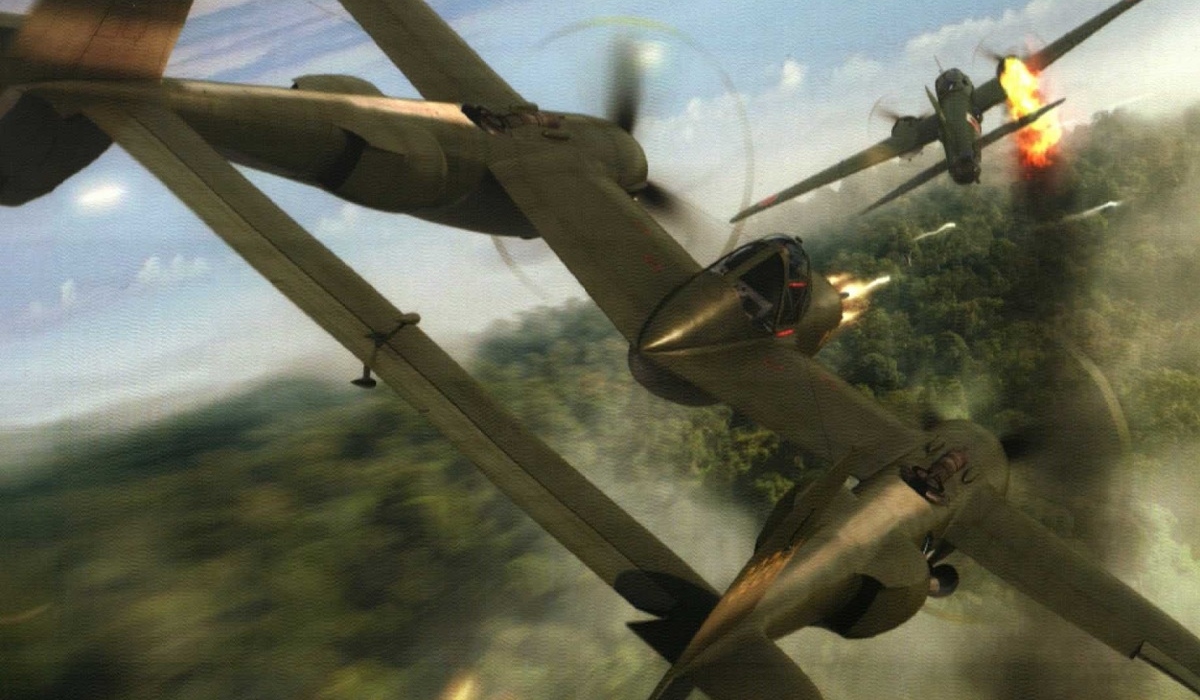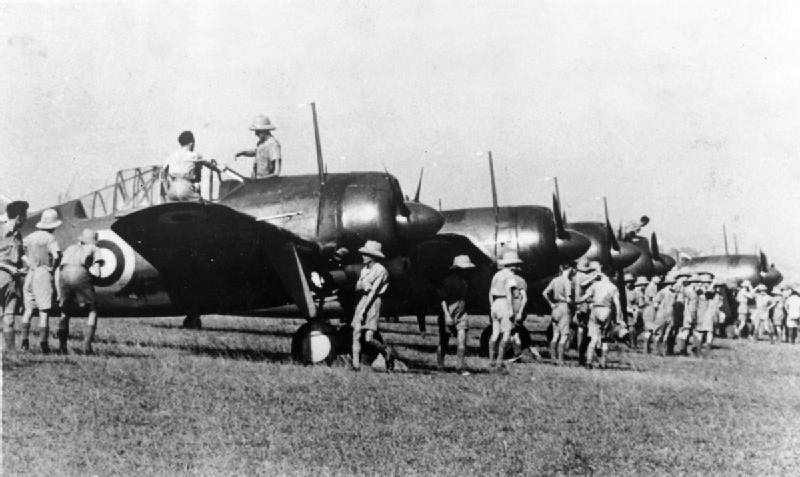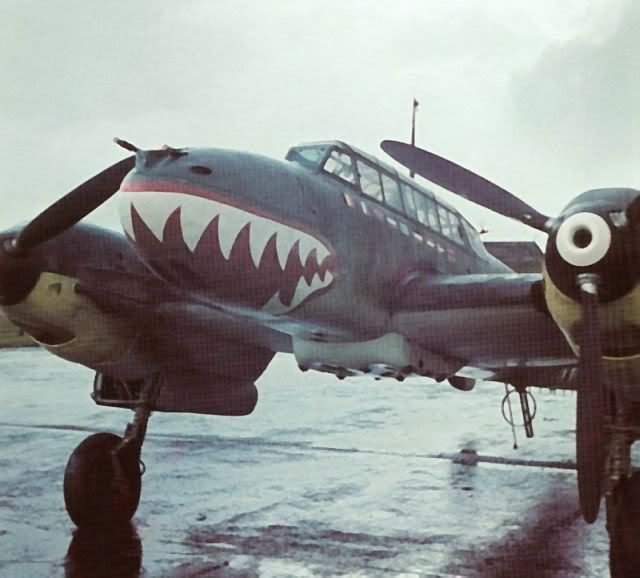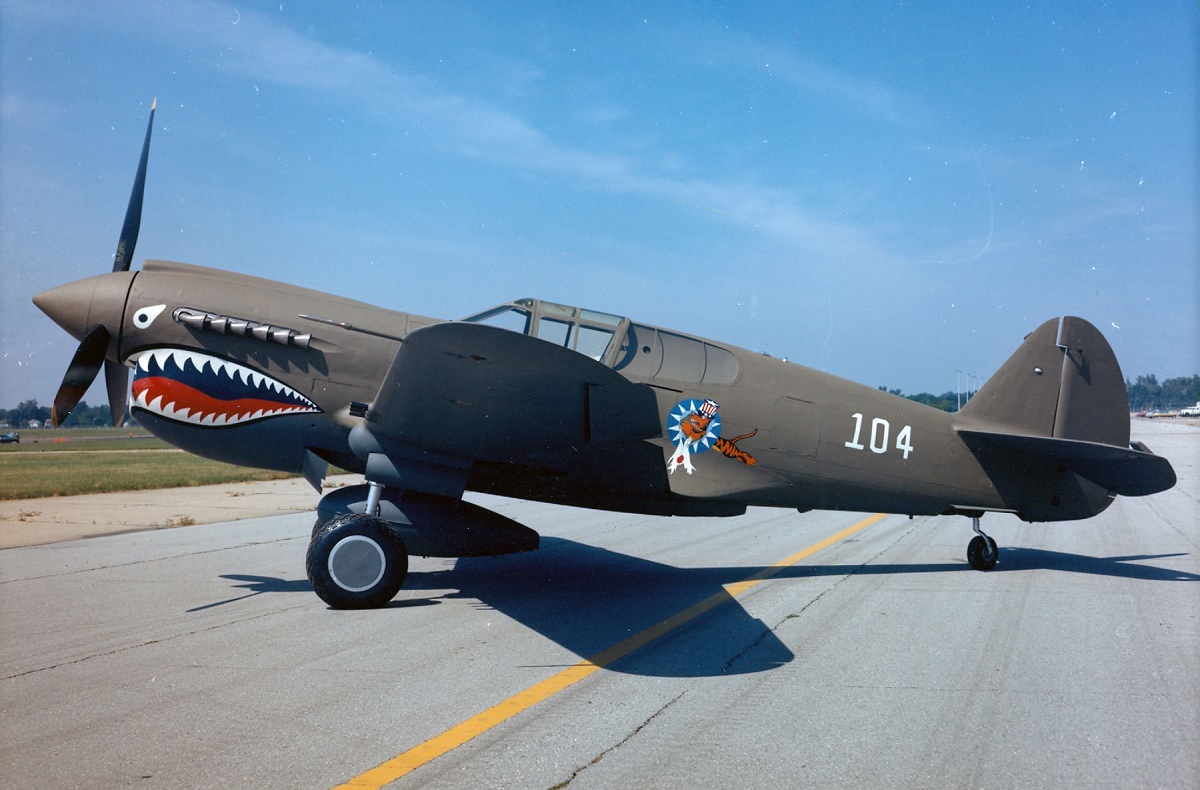When the P-38 Lightning first debuted in the late 1930s, few people were aware of just how unique it was
The P-38 was initially intended to be a highly advanced, twin-engine interceptor. Lt. Ben Kelsey flew the sleek prototype Lightning coast to coast in 7 hours, and 48 minutes on February 11, 1939, but he crashed on landing. Despite the incident, work on the YP-38 continued, and on September 16, 1940, the first of 13 service test aircraft took to the air.
The final version of the Lightning was the P-38J, which debuted in August 1943.
During World War II, the versatile P-38 carried out a wide range of tasks, including dive bombing, level bombing, bombing through clouds, strafing, photo-reconnaissance, and long-distance escort. When the Lightning started conducting combat flights out of England in September 1943, it was the only fighter with the range to escort bombers into Germany. It first saw extensive use during the North African war in November 1942.
In the Pacific theater, where it was the default USAAF fighter until the war’s last months, the Lightning really excelled.

‘Not a lot of people realize just what a box of tricks this baby was, especially when it first came out in the late thirties,’ says Andrew T. Post, a student pilot, on Quora.
‘The plane had:
- ‘An unusual design: The twin-boom layout with a central cockpit nacelle wasn’t all that common in the late thirties. And the Lightning’s booms were incredibly long because they had to contain the…
- ‘Turbo-superchargers: Not only did these give the P-38 the ability to operate at stunningly high altitudes for the day—the P-38L had a service ceiling of 44,000 feet, which is higher than the cruising altitude of a Boeing 747—but they acted like mufflers, making the Lightning a relatively quiet bird.
- ‘Liquid-cooled Allison engines: Air-cooled engines were far more common back in those days. The twelve-cylinder engines were capable of developing 1,600 horsepower apiece and had counter-rotating propellers, eliminating the torque that plagued single-engine fighters. The engines gave the P-38 a cruise speed of almost 300 miles per hour and a top speed of more than 400 miles per hour. The damn thing was so freaking fast that the designers had to figure out a way around compressibility issues during the design phase. The Lightning became the first military airplane to exceed 400 miles per hour in level flight.
- ‘Tricycle landing gear: Tricycle-style landing gear wasn’t all that common back in those days, either. It allowed for much better visibility on the ground and permitted the more forceful application of the brakes during landing (tailwheel aircraft risk nosing over if the pilot slams the brakes too hard, or even if they hit a bump too fast).’
Post continues;
‘Though the Lightning didn’t really impress Allied brass during its initial demonstrations— besides the incident mentioned above the first prototype ran into a ditch on its first taxi test, in fact—it would soon become absolutely vital to the American war effort.
- ‘The top three American aces in the Pacific Theater—Richard Bong (40 victories), Thomas McGuire (38 victories), and Charles H. MacDonald (27 victories)—all used the Lightning.
- ‘It was a squadron of Lightnings that intercepted and shot down the aerial convoy in which Admiral Isoroku Yamamoto was traveling in April 1943. Yamamoto was confirmed dead the next day after his body was found in the jungles of Bougainville.
- ‘In addition to being used as a straight-up fighter/interceptor, the P-38 was also utilized as a fighter-bomber, a night fighter, a long-range fighter (equipped with drop tanks), and a “bomber pathfinder.” Thanks to their high service ceilings and blindingly fast speeds, P-38s also made excellent reconnaissance platforms (so-called “droop-snoot” Lightnings with glass noses). These modified P-38s accounted for a whopping 90% of the aerial reconnaissance film taken over Europe during the war.
- ‘The Lightning was the only American fighter aircraft to be in large-scale production from the very beginning of America’s involvement in the war (Pearl Harbor) to the very end (VJ Day).’

Post concludes;
‘Some other cool facts:
- ‘Several car designers were able to attend the initial demonstrations of the YP-38 prototype before America entered WWII; the twin-boom design directly inspired the famous “tail fins” of the 1948/1949 Cadillac.
- ‘The P-38 also inspired the design team at Studebaker when they created the 1950/1951 Studebakers. (Google “1951 Studebaker”—you’ll see the resemblance.)
- ’Remember the speeder bike chase in the forests of Endor in Return of the Jedi? The speeder bike sound effects were created using samples of P-38 engine noise (and P-51 engine noise, too).’
Photo by The Flying Bulls, U.S. Air Force, and Adam Tooby via Osprey
















